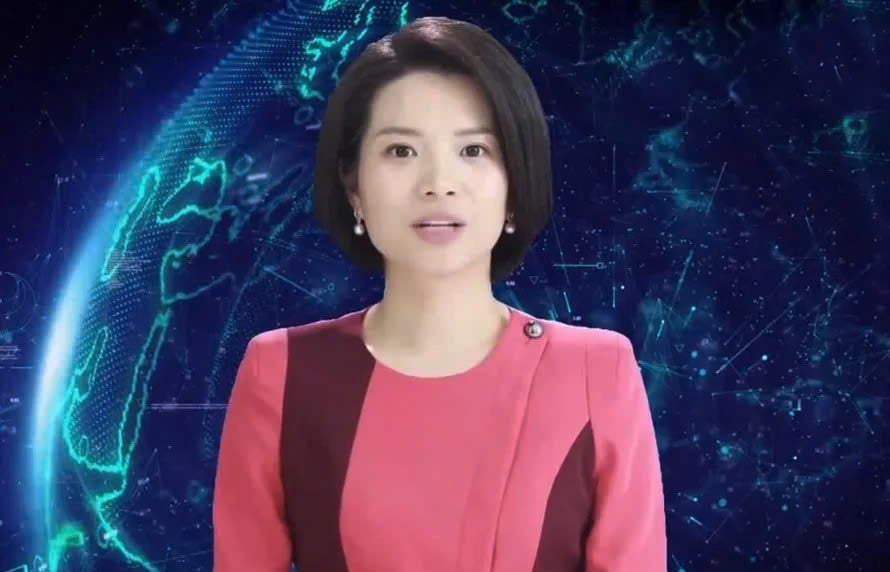 |
| Image of the world's first virtual female MC. Photo: Internet |
Current and future virtual MC trends
A virtual MC is a presenter created by artificial intelligence, which can be a 3D image, a cartoon avatar or a simulation of a real person. Since 2018, when artificial intelligence (AI) technology was not yet widely known as it is now, China has been the pioneer in introducing a virtual MC. The state news agency Xinhua said that the virtual MC works 24 hours a day on its media channels, greatly reducing human resource costs.
Last year, China introduced another virtual MC named Ren Xiaorong. The developer Ren Xiaorong said that this virtual MC learned skills from thousands of real MCs. The virtual MC can answer any question from the audience.
In recent years, Korea, Malaysia, Indonesia, India... have also launched more modern virtual MCs, with more perfect appearance and voice, and gradually more natural expressive ability. Behind professional virtual MCs are AI, deep learning, voice synthesis (text-to-speech), CGI..., technologies that are at the cutting edge, dominating the market.
One of the outstanding advantages of virtual MCs is the ability to work continuously 24/7 without being affected by emotions, health or time pressure, without making emotional mistakes and always maintaining a stable performance. In addition, virtual MCs can be easily customized according to requirements regarding language, appearance or hosting style.
It is undeniable that with the current development speed, virtual MC will be increasingly improved in technology, upgraded in expression and in the future will be widely used all over the world.
Real MC and irreplaceable value
Although AI technology is increasingly developing, the value of real MCs in the field of journalism and television is still irreplaceable. With the ability to improvise flexibly and genuine emotions, real MCs not only convey information but also inspire, creating emotional connections with the audience.
In live interactive programs, the role of the host becomes even more important, because they have to handle unexpected situations, guide the emotional flow, and maintain the program's atmosphere in a natural and convincing way.
Sharing his views on this issue, Mr. Nguyen Tien Anh, editor and presenter of the News program of Vietnam Television, commented: AI MCs can hardly completely replace humans, because personal imprints and connections with the audience are still core factors.
Indeed, the MC profession is a creative job, requiring sophistication and artistry no different from an artist on his “stage”. They are not simply leaders but also storytellers, companions of the public in every moment.
Meanwhile, virtual MCs, although able to simulate appearance or voice, are still stereotyped, lacking the emotional depth and authenticity that audiences expect.
Journalism and television are fields that rely on authenticity and trust, which no technology, no matter how sophisticated, can ever completely replace.
Competitor or "partner"?
The development of virtual MCs is posing a big question for the press and television industry: Are virtual MCs competitors or “partners” supporting real MCs in the modern media environment? The answer lies in how each press agency orients and exploits technology appropriately and effectively.
If used properly, virtual MCs can become a powerful support tool. In simple news reports, short columns, or content with quick updates such as market news, weather, virtual MCs can take on the role of automatic news readers, even support multilingual translation to reach more audiences.
In addition, the combination of real MCs and virtual MCs in new formats such as interactive news, virtual reality TV or digital platforms... also opens up more creative and engaging media experiences.
However, the core issue is still that people control the tools, not letting the tools control the content. Each press and television agency needs to have its own strategy, clearly defining which space is suitable for applying virtual MCs and which areas need to maintain the identity and true emotions of human MCs.
Sharing from Mr. Nguyen Hoang Giang, Deputy Director of the Center for Digital Content and Communications, Vietnam News Agency, has clearly pointed out this boundary: Virtual MCs can be used in news bulletins, columns that do not require investment, are suitable for technology tastes, for young people or types of voice audio, podcasts, reviews. However, real MCs should be used in programs, news bulletins with political and serious content, news bulletins associated with brands, identities...
It can be seen that technology is not to replace humans, but to serve humans, especially in creative fields such as journalism. Virtual MC can be a "partner" and not a "rival" if applied properly.
The future of MC in journalism is still the resonance between artificial intelligence and human intelligence, in which humans still play the role of "commander in chief".
Source: https://baothainguyen.vn/xa-hoi/202506/mc-ao-doi-thu-hay-cong-su-63e0d18/







![[Photo] Cutting hills to make way for people to travel on route 14E that suffered landslides](https://vphoto.vietnam.vn/thumb/1200x675/vietnam/resource/IMAGE/2025/11/08/1762599969318_ndo_br_thiet-ke-chua-co-ten-2025-11-08t154639923-png.webp)
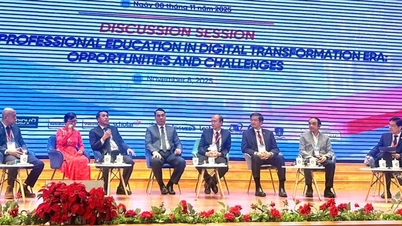



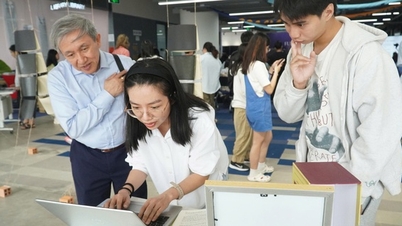








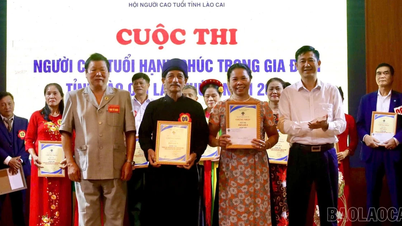











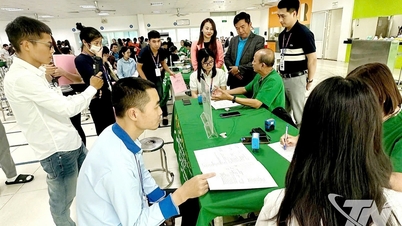


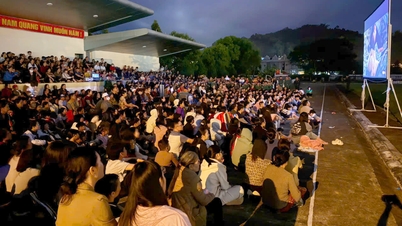

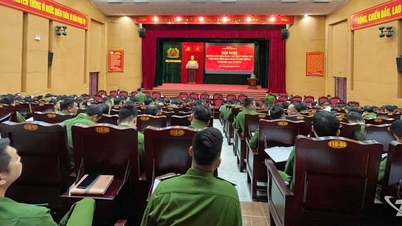









![[Video] Hue Monuments reopen to welcome visitors](https://vphoto.vietnam.vn/thumb/402x226/vietnam/resource/IMAGE/2025/11/05/1762301089171_dung01-05-43-09still013-jpg.webp)











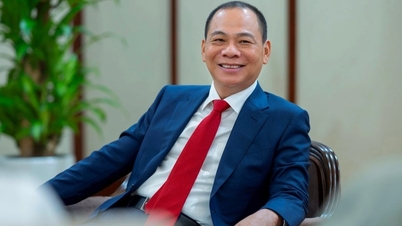
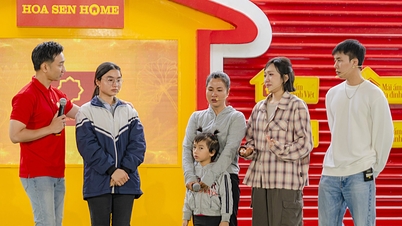
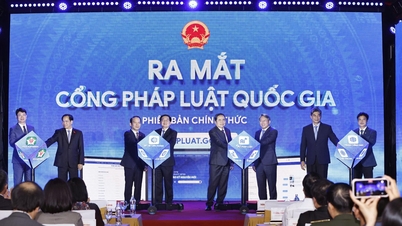








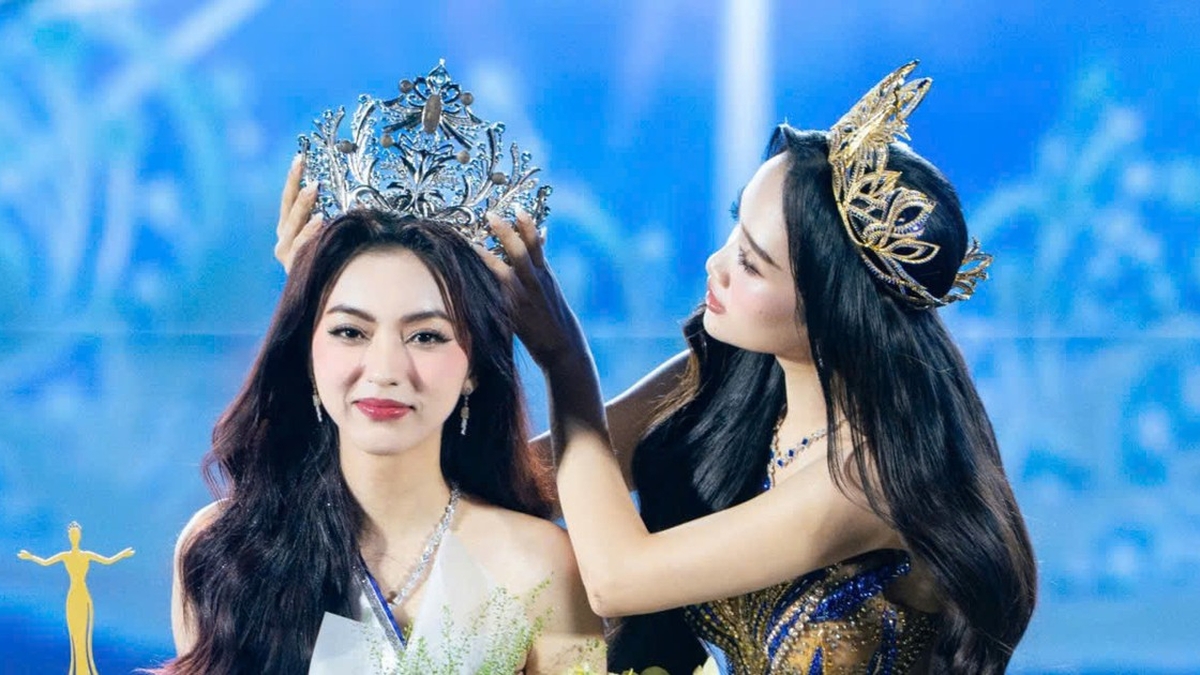






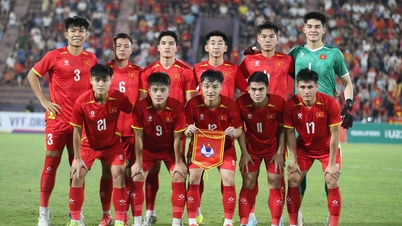








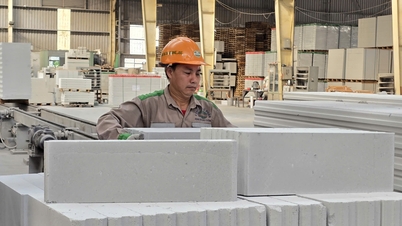



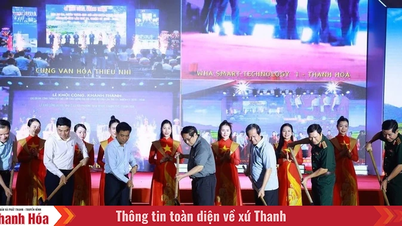

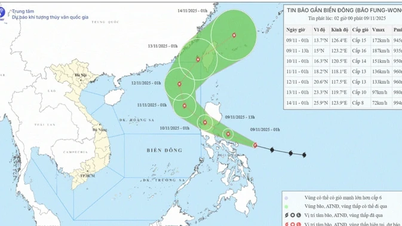

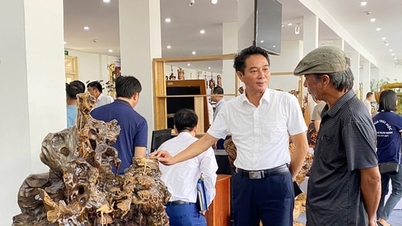

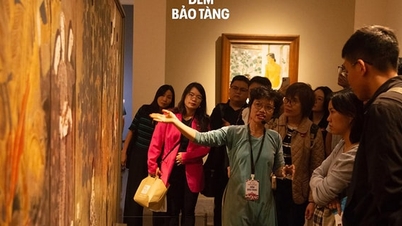


















Comment (0)